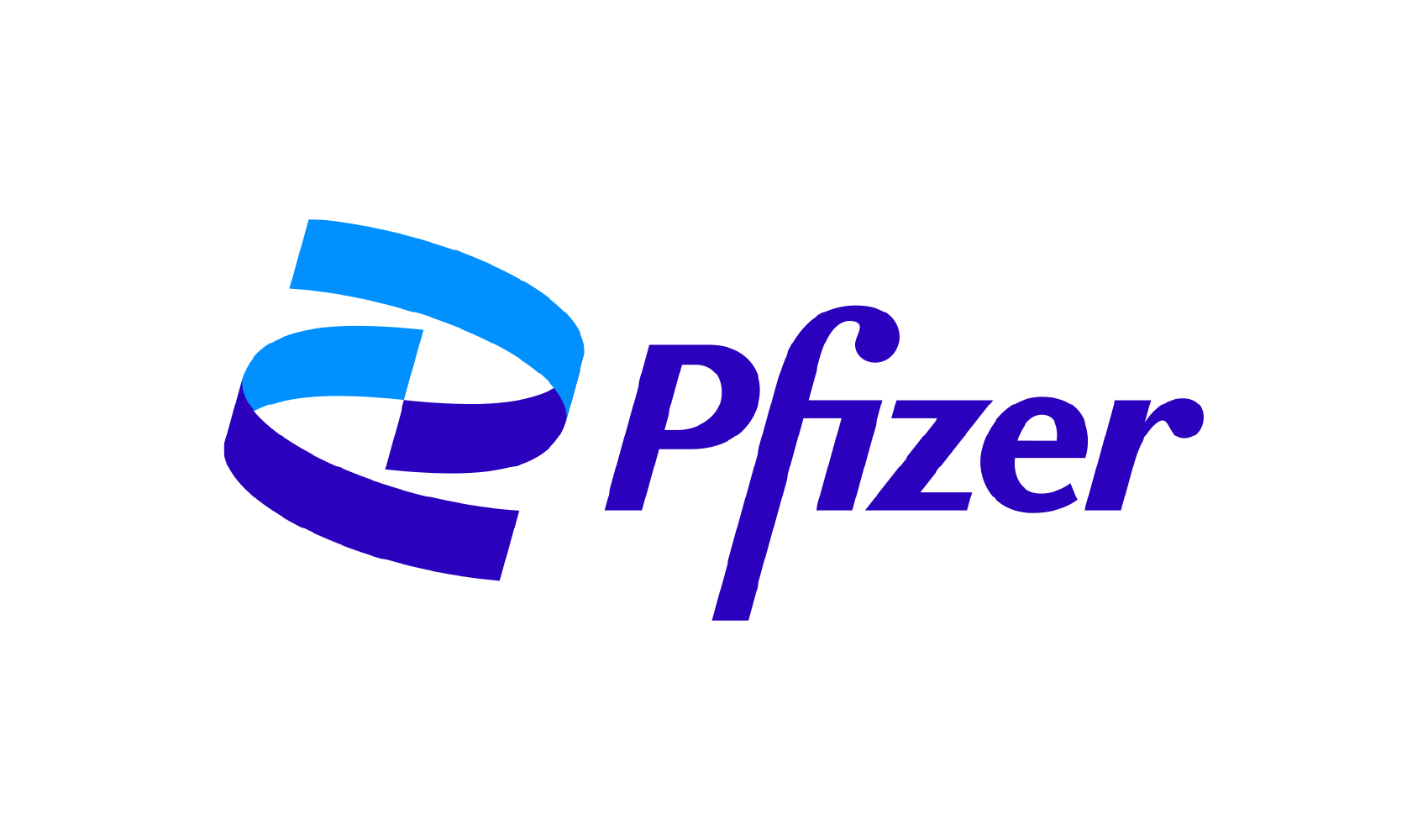Before you watch this webinar
Enhancing your learning experience begins with understanding you better. Collecting data enables us to tailor our educational content specifically for our audience. Discover more about how we handle your information in our Privacy Policy.
This area of the website is reserved for healthcare professionals as it contains information created for a healthcare professional audience.
Event
The new NHS landscape: Transforming headache services
Our sponsor

This webinar has received sponsorship from Pfizer Ltd. The sponsor has had no input into the educational content or organisation of the session.
Presentation slides- Julie Riley
Presentation slides - Dr Richard Wood
Presentation slides - Sarah Broadhurst
Webinar summary
The current, evolving NHS landscape presents multiple challenges to building or expanding headache and migraine services. The commissioning environment with regards to integrated care system (ICS) and board priorities, a lack of staffing resources and physical space, and rising patient expectations regarding the availability of new treatments all play a role.
Overcoming such obstacles will rely on savvy business planning, innovative service delivery, and sharing best practice, said Julie Riley, who has recently retired as the Walton Centre’s deputy director of strategy. Understanding ICS priorities and how services fit into local commissioning processes is also vital, she added. “Overall, be bold. Don’t be afraid to challenge, to push, to be tenacious.”
Services at the Walton Centre
The Walton Centre’s headache service was established in 2004, and has evolved significantly since then. It is now home to some of the largest Botox, calcitonin gene-related peptide (CGRP), and Gamma Core services in the UK, as well as being one of the country’s main research centres. In the new year, the team will launch a new chat bot, developed to collect the details of a person’s condition and symptoms to be reviewed ahead of appointments to streamline the triage process and ensure the correct course of care is recommended.
Currently it has four consultants, all of whom can prescribe CGRPs, 2.55 full time equivalent (FTE) specialist nurses, and a coordinator covering a 4 million population locally, as well as providing care nationwide. Sixty per cent of referrals to the centre are headache-related, and service demand outstrips capacity. “However, further expansion has been really difficult due to the current business planning process in England,” said Julie.
Developing the optimal pathway
Dr Richard Wood, a headache specialist and GP, said that migraine is significantly under diagnosed at the moment, and that demand outstripped supply in every NHS service. At the same time, a nation-wide shift in focus means community services are being developed, and bespoke “game changing” migraine treatments are emerging. To adapt to this changing landscape, services need effective triage, need rapid diagnosis, and a strong community infrastructure.
As part of the Oxford Headache pathway, all referrals are triaged by a headache consultant, explained Richard. When diagnosis is clear from the referral, which happens in around 11% of cases, advice and guidance is sent to the referrer, while around 5% are sent for an MRI without an outpatient appointment to provide reassurance. In around 73% of cases, referral to a community headache clinic, run by GPs with a specialist interest in headache, is appropriate. The remaining 11% are deemed as “headache plus” and are directed to an outpatient neurology service for more specialised support. This approach reduces avoidable outpatient department activity, but it is important to have “your best people” conducting the triage, said Richard.
Providing the referrer with advice and guidance on next steps is also key to reducing demand on outpatient services, he went on. “However, the advice and guidance is only as effective as the requester’s letter is good.” Proformas can be helpful, especially when they ask the referrer if they have tried relevant diagnostic or treatment approaches. “It’s about educating our referrers,” said Richard, adding that drafting that adequate staffing resources were needed to draft the letters, and that they should not be used as a mechanism to transfer secondary care into primary care settings.
It is also important to note that, as part of the drive to relieve pressure on secondary care, community services are evolving. The emergence of social prescribers and health coaches and the expanding roles of physiotherapists and community pharmacies, for example, have the potential to change headache care pathways. “All these services need education… and that they have a role in headache,” said Richard. “You need to plan for it, and you need to make sure your headache services has an access point to all of these people… The more solidified your pathway, the better and more holistic your service will be.”
In terms of treatment pathways, Richard said it was wise to enable GP initiation of CGRPs, following advice and guidance from a specialist. There are long waits for neurology appointments, it is not realistic for acute scrips, and, importantly, most migraine is seen in primary care. “Let’s get the medicine out to where the people are,” he said.
Developing nurse-led services
Nurses at the Walton Centre run 11 to 13 clinics a week, nine of which are devoted to injectable therapies, seeing between 256 and 440 patients a month.
“We manage our patients’ expectations about their condition, and the treatment they're receiving. We also discuss lifestyle management, because it is very important to identify the lifestyle changes that need to be made early on, and identify other sources of information for them to be able to reach out to one another, or to read up about their condition,” said Sarah Broadhurst, headache clinical nurse specialist at the centre.
In terms of treatment, botulinum toxin injections are the most common for chronic migraine at the centre. It is a fairly quick procedure, taking around five minutes to administer the agent to 31 different sites around the head, neck, and scalp. However, this is not suitable for everyone, said Sarah, adding that some find the injections intolerable. The team also deliver CGRPs for chronic and episodic migraine, with all consultants being able to prescribe the medications.
Most of the centre’s cluster headache patients are treated with nerve-block injections, via one to 10 injection sites under local anaesthetic, either with or without steroids. Other options include verapamil, with the nurses conducting dose review and regular ECG monitoring during clinic, and lithium, which requires nurse-led blood test monitoring. Patients using the Gamma Core device are also reviewed during nurse clinics.
In addition, te team is due to start running eptinezumab clinics in the coming months, becoming only the third trust in the UK to do so. The IV CGRP is administered every three months and the nurse-led clinic will involve pre-treatment patient review, post-infusion monitoring, and follow-up planning and scheduling. The nursing team will also assist the headache co-ordinator in maintaining the patient database, to ensure timely treatment.
Our sponsor

This webinar has received sponsorship from Pfizer Ltd. The sponsor has had no input into the educational content or organisation of the session.
CPD Accreditation
'The new NHS landscape: Transforming headache services' has been approved by the Federation of the Royal Colleges of Physicians of the United Kingdom for 1 category 1 (external) CPD credit(s).
Please note CPD Federation approval does not include satellite symposia sessions.
Recognising the lack of understanding about the true cost of headache on a personal, societal and NHS level, this Academy seeks to combine intelligent data, practical education and support to commissioners to improve the services and support for millions of people across the UK.


